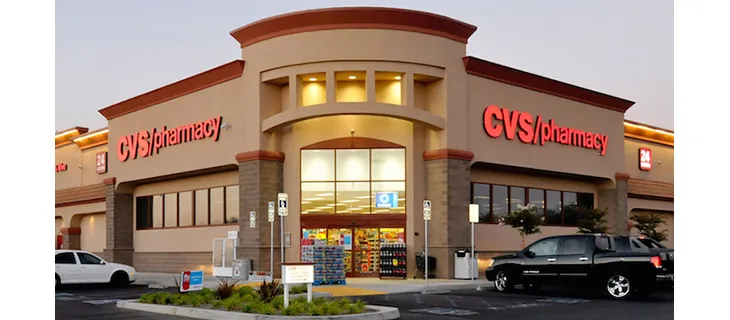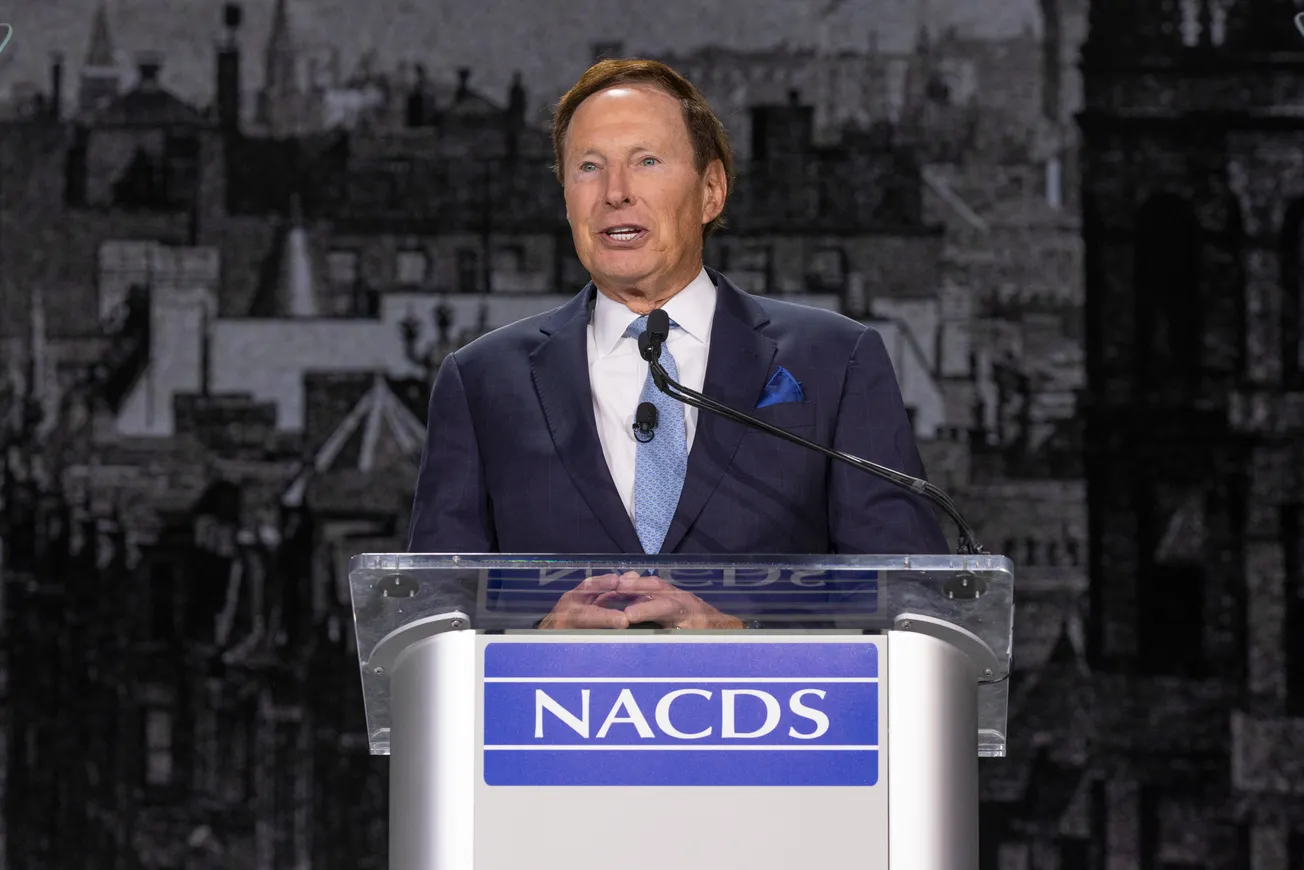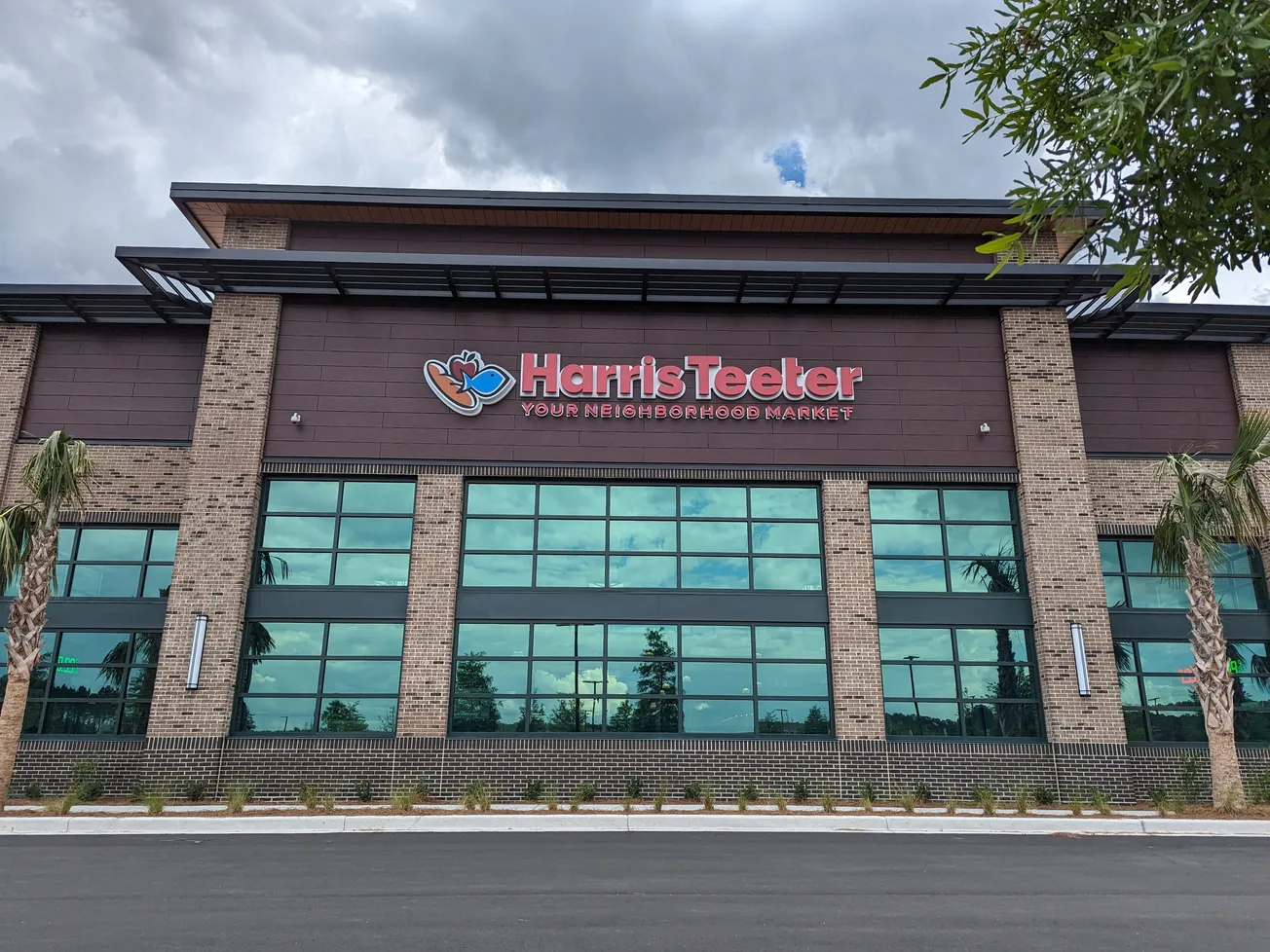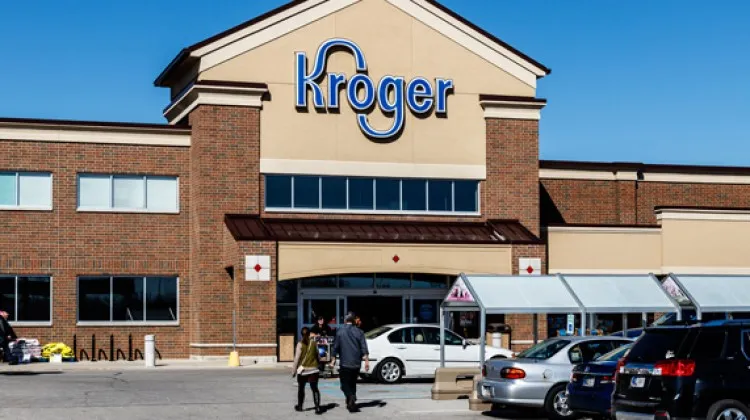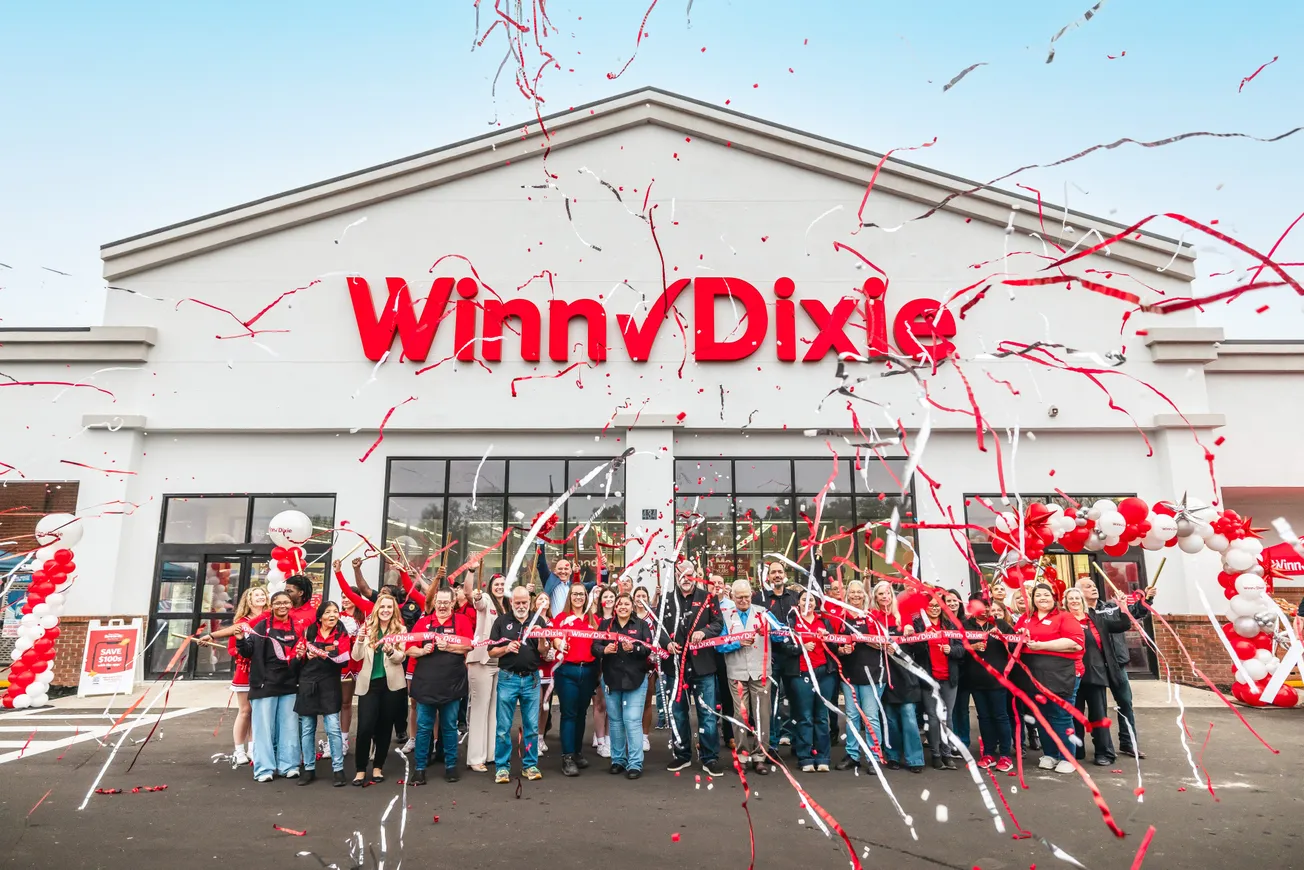WOONSOCKET, R.I. — CVS Health’s fourth quarter sales and earnings beat Wall Street’s expectations, as demand for COVID-19 tests and vaccines drove customers to stores.

Karen Lynch
Revenue for the three months ended December 31 jumped 10.1% from a year earlier to $76.6 billion, topping analysts’ projection of $75.67 billion. Adjusted earnings per share climbed 52% to $1.98, beating the projected $1.93.
CVS reported net income of $1.31 billion, or 99 cents per share, up from $973 million, or 74 cents per share, in the year-ago period.
For the full year, revenue rose 8.7% to $292.1 billion. GAAP diluted earnings per share from continuing operations were $5.95, while adjusted EPS were $8.40. CVS generated cash flow from operations of $18.3 billion, and net repayments of long-term debt totaled $8.8 billion.
The company maintained its fiscal 2022 outlook, predicting EPS of $7.04 to $7.24 and adjusted EPS of $8.10 to $8.30.
“We’re engaging millions of customers across our businesses and in our community health destinations, becoming an even bigger part of their everyday health. That’s clearly reflected in our performance, but more importantly in our potential,” said president and CEO Karen Lynch.
CVS administered more than 8 million COVID-19 tests and more than 20 million COVID-19 vaccines in the quarter. For the full year, the company administered more than 32 million tests and more than 59 million vaccines.
Retail/LTC segment revenues increased 12.7% in the quarter to $27.1 billion, primarily driven by increased prescription and front store volume, the administration of COVID-19 vaccinations and diagnostic testing, as well as brand inflation. These increases were partially offset by continued pharmacy reimbursement pressure and the impact of recent generic introductions.
COVID-19 vaccinations, diagnostic testing and over-the-counter test kit sales contributed approximately 40% and 45% of the increase in the segment’s revenues for the quarter and full year, compared to the prior year. The prior year reflected the ongoing expansion of the company’s diagnostic testing program which began in April 2020, an immaterial impact from COVID-19 vaccinations which began in December 2020 and no O-T-C test kit sales.
Adjusted operating income increased 38.4% for the quarter to $2.46 billion, primarily driven by the administration of COVID-19 vaccinations, increased prescription and front store volume, and improved generic drug purchasing, as well as gains from anti-trust legal settlements of $106 million and $231 million recorded in the year-ago quarter. These increases were partially offset by continued pharmacy reimbursement pressure and increased investments in the segment’s capabilities and colleague compensation and benefits. COVID-19 vaccinations, diagnostic testing and O-T-C test kit sales contributed approximately 35% and 30% of the segment’s adjusted operating income for the quarter and full year, respectively.
Prescriptions filled increased 11.6% on a 30-day equivalent basis, primarily driven by COVID-19 vaccinations and the continued adoption of patient care programs, as well as increased new therapy prescriptions, which were adversely impacted by the COVID-19 pandemic a year earlier. Excluding the impact of COVID-19 vaccinations, prescriptions filled increased 6.1% and 4.3%, on a 30-day equivalent basis, for the quarter and full year, respectively.
The Pharmacy Services segment revenue climbed 8.2% in the quarter to $39.3 billion, primarily driven by increased pharmacy claims volume, growth in specialty pharmacy and brand inflation, partially offset by continued price compression.
Adjusted operating income increased 16.8% to $1.8 billion, primarily driven by improved purchasing economics which reflected increased contributions from the products and services of the company’s group purchasing organization and specialty pharmacy (including pharmacy and/or administrative services for providers and 340B covered entities). These increases were partially offset by continued price compression.
Health Care Benefits segment revenues increased 8.4% for the quarter to $20.7 billion, primarily driven by growth in the Government Services business. The increase was also driven by lower COVID-19 related investments compared to the prior year. The increase was partially offset by the unfavorable impact of the repeal of the HIF for 2021 and the absence of the ACA risk corridor receipt.
Adjusted operating income increased $357 million to $510 million, primarily driven by lower COVID-19 related investments and improved underlying performance, partially offset by higher medical costs related to COVID-19.


